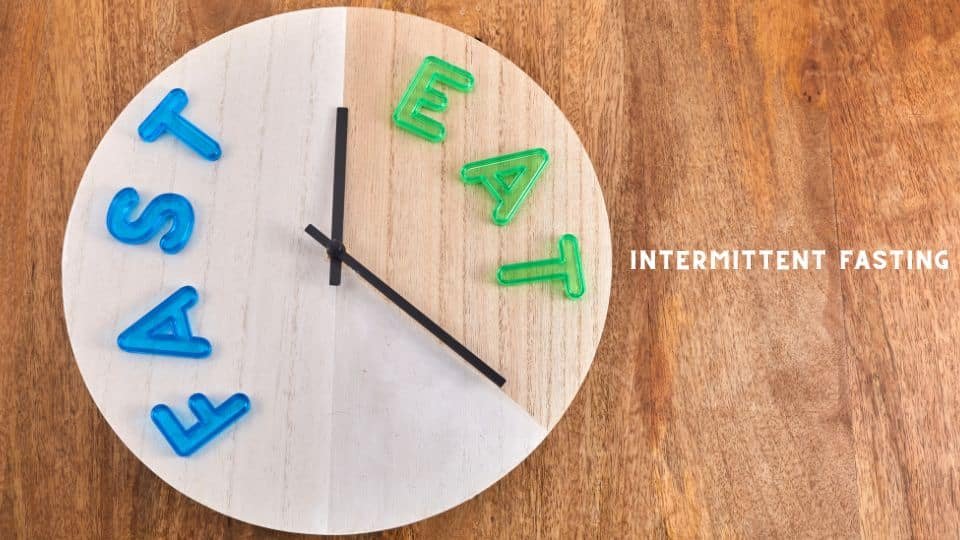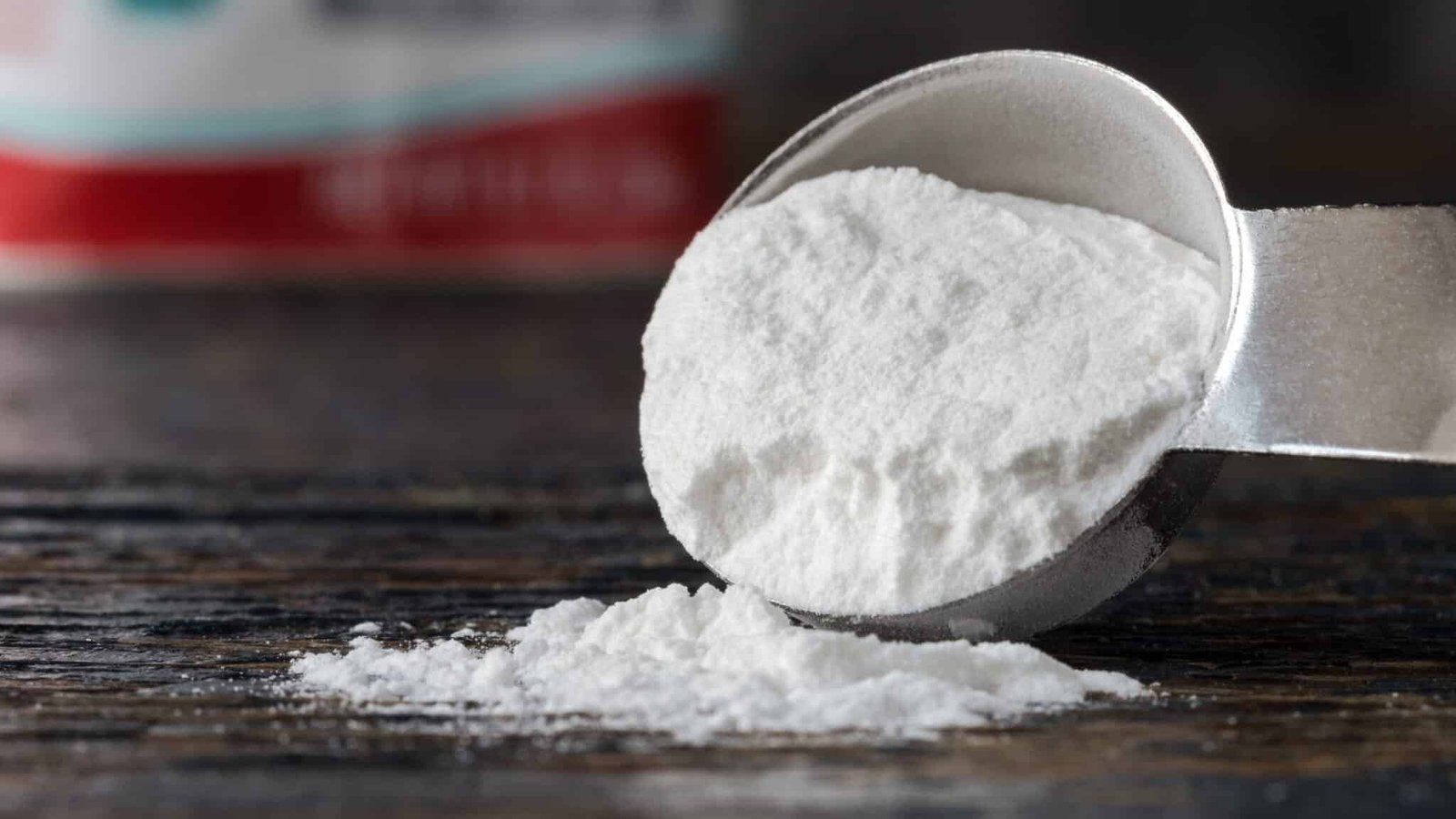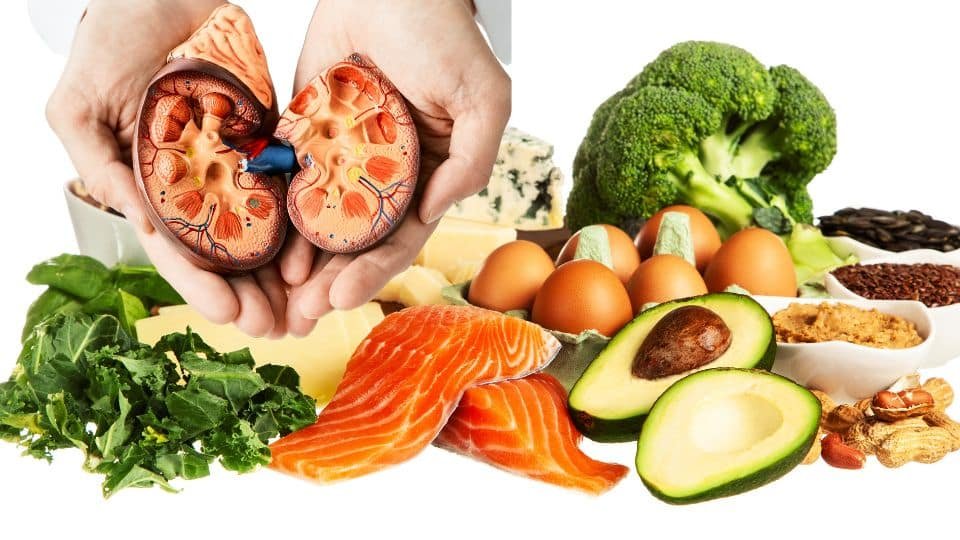Whey and Soy Protein! In a world grappling with increasing rates of obesity and diabetes, researchers are working tirelessly to improve our understanding of how different foods affect our health. Today, we uncover fascinating insights from a study that delves into the impact of two protein sources, whey, and soy, on glucose control and energy metabolism.
Today, we’ll explore the findings of an exciting research study investigating the acute effects of whey and soy protein on glucose homeostasis, energy metabolism, and satiety. If you’re curious about optimizing your diet and managing blood sugar levels, this video is a must-watch!
The study involved 15 adult males aged 20 to 35 years. Each participant was given four different test meals, consisting of two protein sources (soy and whey) and two protein doses (15% and 30% protein-to-energy ratio). Blood samples were collected at regular intervals to analyze glucose and insulin responses. Energy expenditure and substrate oxidation were measured, while satiety levels were assessed using a visual analog scale.
The results were truly enlightening! At higher protein doses, whey protein exhibited a significantly greater insulin response compared to soy protein. This suggests that whey protein has a dose-dependent effect on insulin levels. However, there were no significant differences in the insulin responses between the two protein sources at lower protein doses.
Surprisingly, no notable differences were observed in the plasma glucose response across the various protein sources and doses. This indicates that both whey and soy protein have a similar impact on blood sugar levels.
What about energy metabolism? The study found that neither the peak fat nor carbohydrate oxidation differed between the protein sources and doses. In simpler terms, both whey and soy protein had similar effects on our body’s energy utilization.
Lastly, the researchers evaluated the participants’ satiety or the feeling of fullness. Interestingly, no significant differences in satiety levels were found between the whey and soy protein meals. This suggests that both protein sources contribute to a similar level of satisfaction after consumption.
You can also view this article: Post Workout BCAA & Carbohydrate Drinks Supercharge Your Muscle Growth!
In conclusion, this study provides valuable insights into the effects of whey and soy protein on glucose metabolism. Both proteins showed comparable insulin responses at lower doses, making them equally effective in managing blood sugar levels when consumed in moderation. However, whey protein demonstrated a more significant insulinogenic response at higher doses. These findings are particularly relevant for Asian Indians, who are at a higher risk of developing type 2 diabetes and may benefit from increased protein intake.
As research continues to unfold, we better understand how our dietary choices impact our health. By exploring the acute effects of protein sources like whey and soy, we move closer to personalized dietary recommendations that can improve the lives of millions.
Glossary:
- Glucose Control: The regulation of blood sugar levels in the body, is important for overall health and the prevention of conditions like diabetes.
- Energy Metabolism: The process by which the body converts food into energy that can be used for various bodily functions.
- Protein Sources: Different foods or supplements that provide protein to the diet, such as whey and soy protein.
- Whey Protein: A protein derived from milk and commonly used in protein supplements and sports nutrition.
- Soy Protein: Protein extracted from soybeans, often used as a plant-based protein source.
- Glucose Homeostasis: The body’s ability to maintain stable blood sugar levels.
- Satiety: The feeling of fullness or satisfaction after eating a meal.
- Test Meals: Specific meals designed for a research study to investigate their effects on various aspects of health.
- Insulin Response: The body’s production and release of insulin in response to the intake of carbohydrates or proteins, which helps regulate blood sugar.
- Protein-to-Energy Ratio: The proportion of protein content in a meal relative to its overall energy content.
- Substrate Oxidation: The process by which the body uses different types of fuels (such as carbohydrates and fats) for energy production.
- Plasma Glucose Response: How blood sugar levels change in response to consuming different foods or meals.
- Dose-Dependent Effect: The idea that the impact or response to a substance (in this case, whey protein) varies with the dose or amount consumed.
Journal Reference:
Sucharita Sambashivaiah, Mark Cope, Ratna Mukherjea, Sumithra Selvam, Nivya George, Rebecca Kuriyan, Anura V. Kurpad, “The Effect of Soy and Whey Protein Supplementation on Glucose Homeostasis in Healthy Normal Weight Asian Indians”, Journal of Nutrition and Metabolism, vol. 2023, Article ID 2622057, 9 pages, 2023. https://doi.org/10.1155/2023/2622057



 By
By










